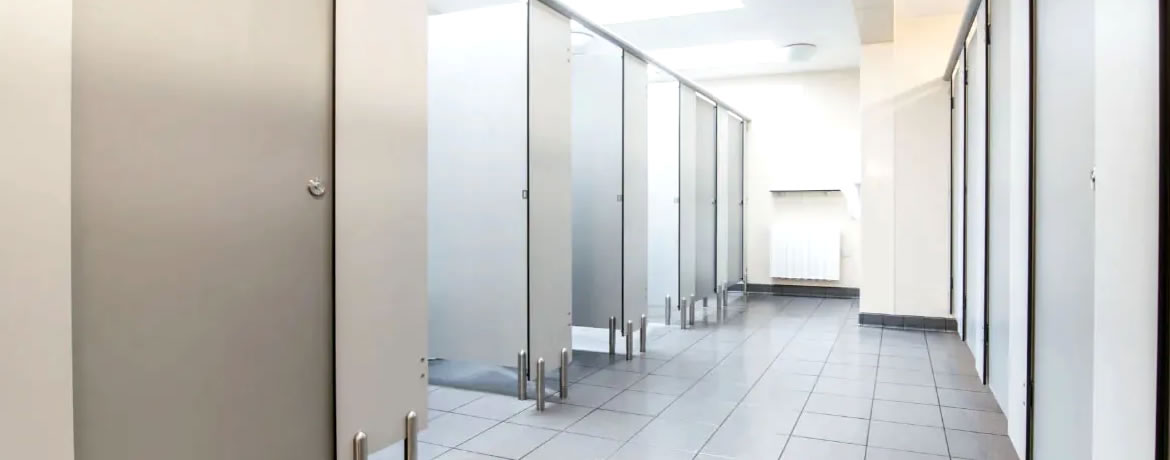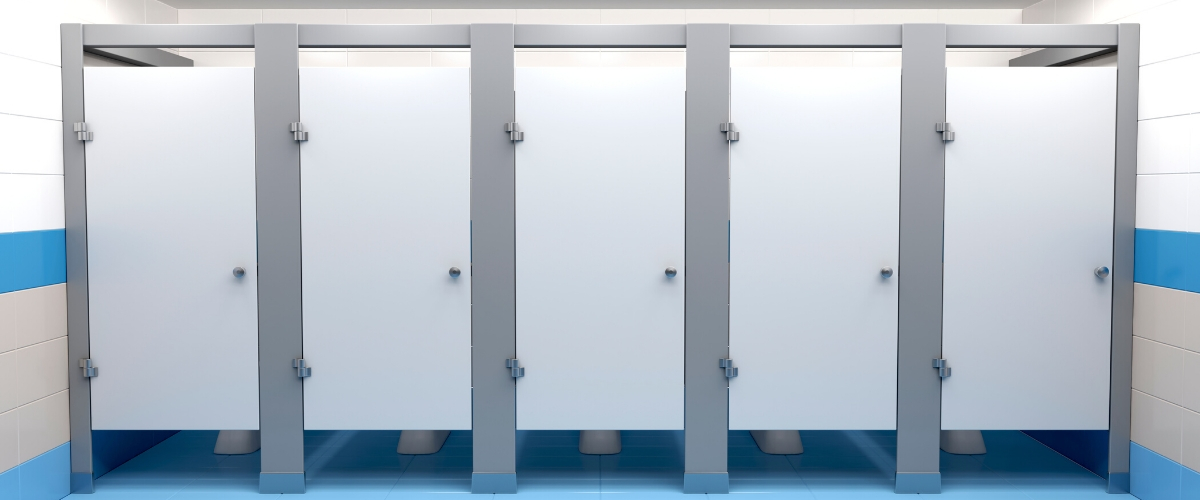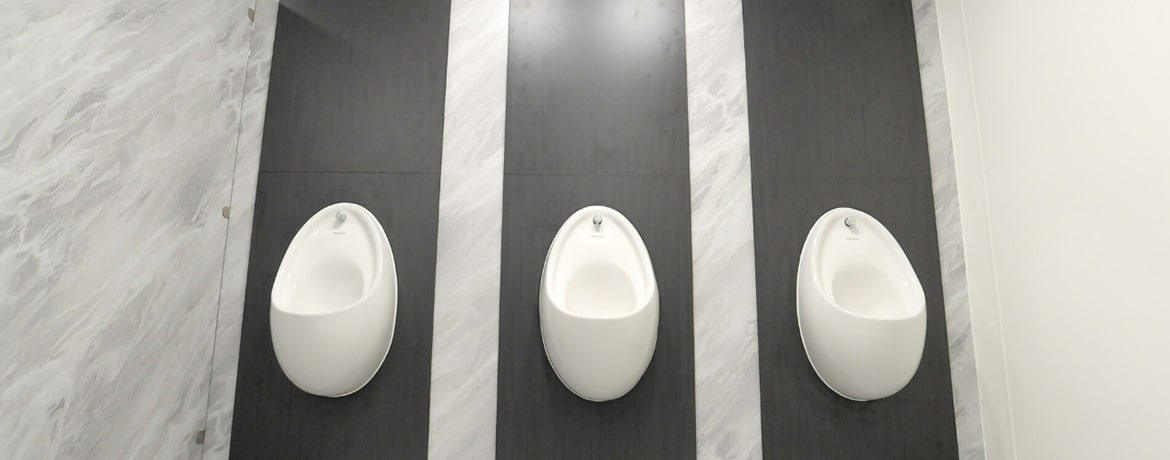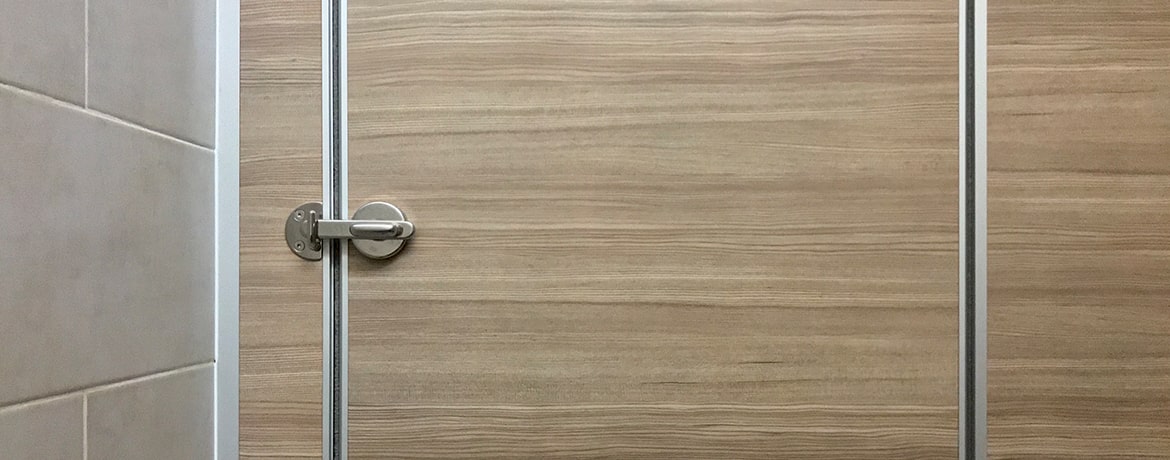The Rise of Composting Toilets
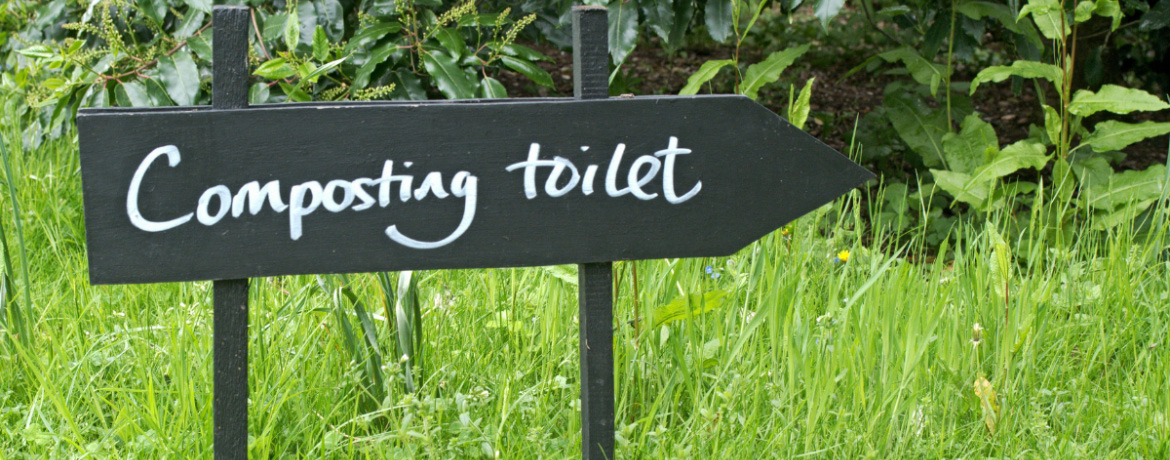
Beyond festival washrooms facilities, composting toilets are finding their way into a number of eco-conscious businesses and event spaces. Here we take a look at how they can be installed and the benefits they can bring.
Where are composting toilets being used?
Forest Schools
The rise in popularity of forest schools has begun to transform the landscape of pre-schools and nurseries. Today there's a huge swathe of parents who are choosing to place their children in outdoor environments for their early years childcare and as such, some traditional nursery environments have started to adapt, using their gardens and outside spaces in new and inviting ways. The composting toilet has two major benefits in this setting. The first is that you don't need mains water or drainage, so your composting toilet cubicle, or block, can be sited wherever is most convenient, without having to be dependent on running services to the location.
By having the toilet outside, it can be easier for staff to keep an eye on children. If a child needs to use the loo, then a member of staff can accompany him or her without having to go indoors, or throw the staff-to-child ratio out of balance.
Glamping Sites
Eco-tourism is rapidly on the rise everywhere from the Caribbean to the Forest of Dean. With the rise in people looking to switch off from technology and hibernate for a few days, glamping has become incredibly popular throughout the year. Many exclusive boutique hotel groups have also adapted by turning to luxury cabins and exclusive tree houses. Naturally, toilets become an issue when siting this kind of enterprise, as part of the allure of these accommodations is that they're hidden away in the woods, or in more remote, peaceful locations.
Many businesses will bring in mains water, or an alternative means of pumping water from a water storage vessel for use in showers, washbasins etc.
High-end Event Sites
A responsibility to the environment is now something taken very seriously by companies and flexing your eco-credentials has never been easier. Event sites have begun showcasing upmarket composting toilets on site. While Reading or Glastonbury may still be the home of the huge bank of very basic composting toilets, smaller more boutique event venues have started to move into the luxury end of eco-toilets. While the fundamental design may be very similar, the interiors are being kitted out in everything from easy clean SGL wall panels and ducting systems, through to feather edge cladding and even Farrow & Ball paints.
How Are They Constructed?
At their most basic, composting toilets comprise of a raised platform with a toilet seat situated above a trough or pit. As rudimentary and rustic as this sounds, there are many ways of designing this so that smells are not wafted back through into the cubicle.
In some cases, the composting toilets are not on an elevated platform but have a removable waste trough that can be emptied once a day – a common choice at forest schools.
Interior decoration and style is perhaps of key importance, particularly when it comes to glamping and eco-tourism. If opting for a more rustic, simple to run design, then hand sanitising gel dispensers are often used in place of a hand washbasin. This provides you with the easiest, low maintenance option when it comes to composting toilets as there is no need for handwashing.
In a more dynamic composting washroom, where hand washbasins and showers are needed, the washroom can actually be designed as a traditional wash space, with just the waste being taken care of via composting means. This allows you to keep a u-bend in your toilet and waste trap on baths and basins, this will trap foul smells in exactly the same way as a normal bathroom, but you can use the greywater for crop or allotment irrigation which can be installed to automatically drain from your compost - this is called a dry-composting toilet, and the removal of the water content can help reduce foul smells.
Is a composting toilet right for me?
Of course, a composting toilet isn't for everyone, but know that the compromises involved in going down this route are not as severe as they used to be. You can build and equip a modern-looking washroom that on the surface looks and functions just like a normal commercial wash space, but underneath utilises the waste in economic, composting ways.
In forest school and glamping environments, composting toilets can be a great choice as they cost very little to run annually. Other than general maintenance, there are no water or sewage costs to tackle, just the regular supply of toilet paper and sanitising hand gel. It’s worth noting at this point that some sites choose to create a hand wash station based around a water butt or jerry can be filled and installed above a tap, allowing gravity to pull the flow of water down to the basin or trough.
A composting toilet will appeal to businesses that;
- are looking to install toilets in a location that has no, or difficult access to, mains drainage
- has a commercial use for the resulting composted waste (such as soil fertilisation and irrigation)
- would like to reduce their impact on the environment
If you would like further advice on composting toilets, or to discuss how they can be incorporated into your business, please get in touch on 01202 650900
(images via Pinterest)
Got a question? Get in touch
MORE TO EXPLORE IN Related Posts

Delabie Tempostop Wall Mounted Non-Concussive Tap
As low as £60.00 £50.00

KWC DVS Planox Stainless Steel Wash Trough with Tap Holes

RAK-Compact 55cm Basin - 1 or 2 Tapholes
As low as £68.40 £57.00
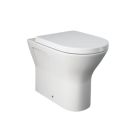
RAK-Resort Back to Wall Toilet
As low as £165.60 £138.00

